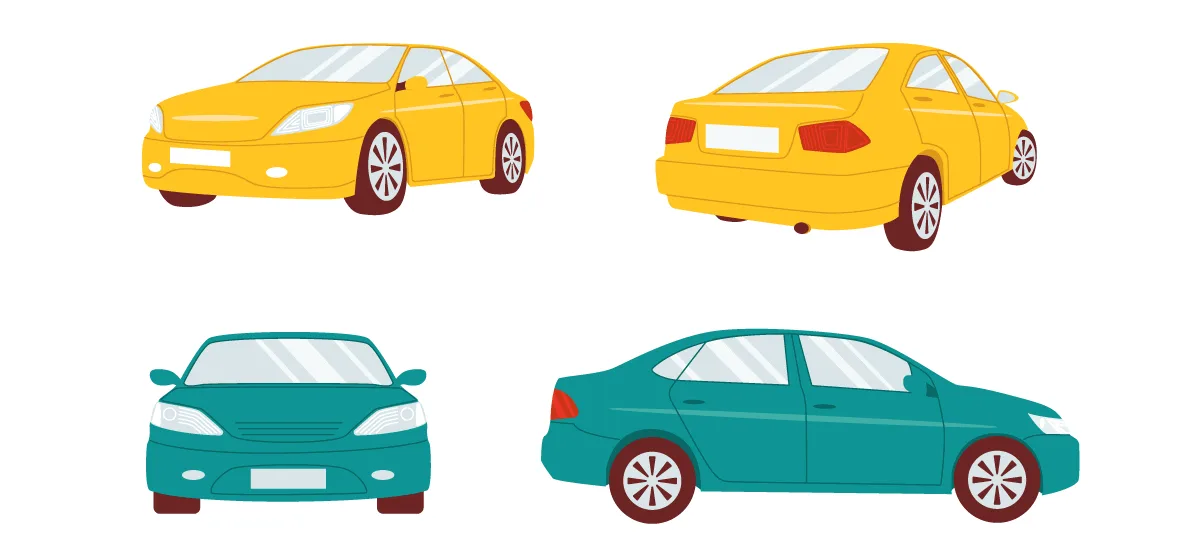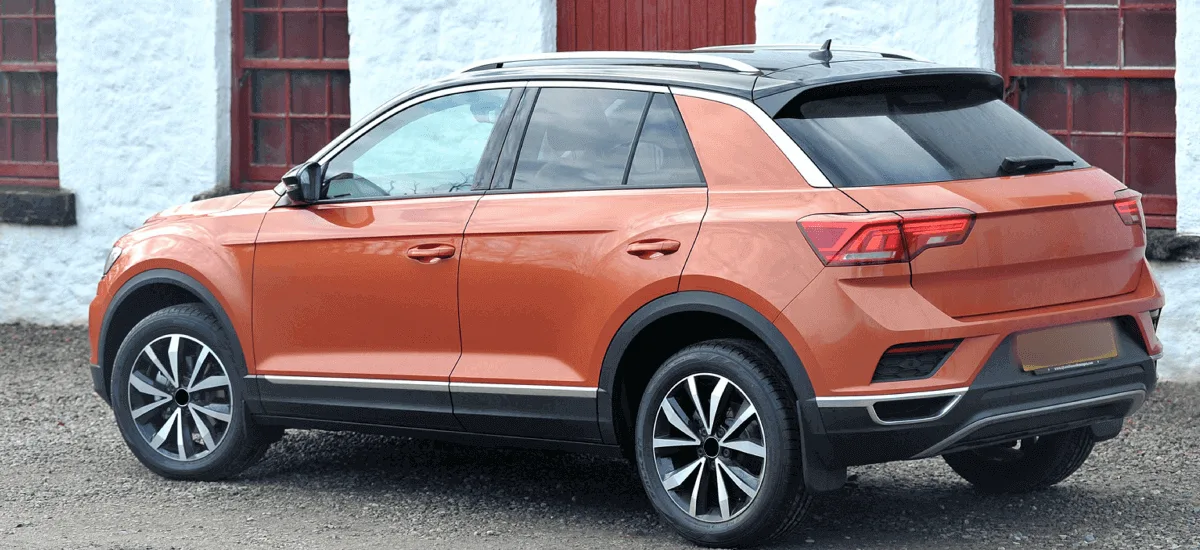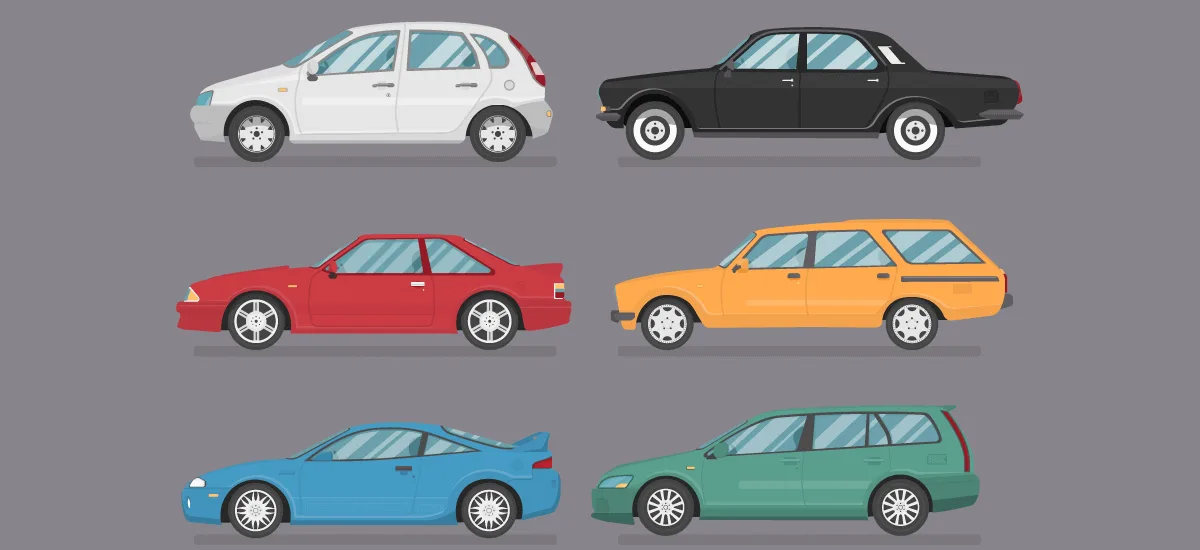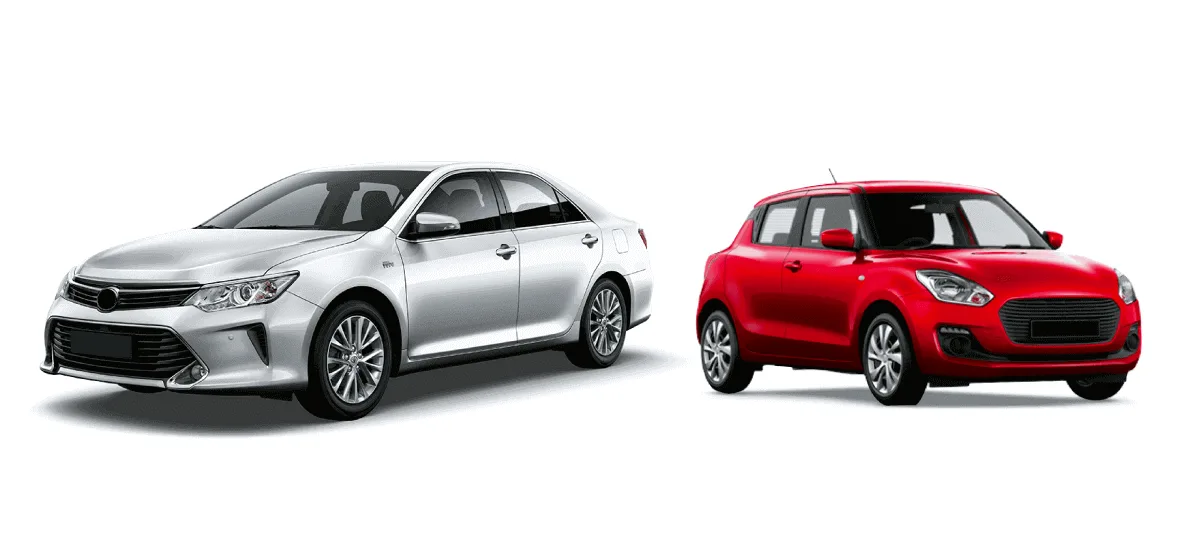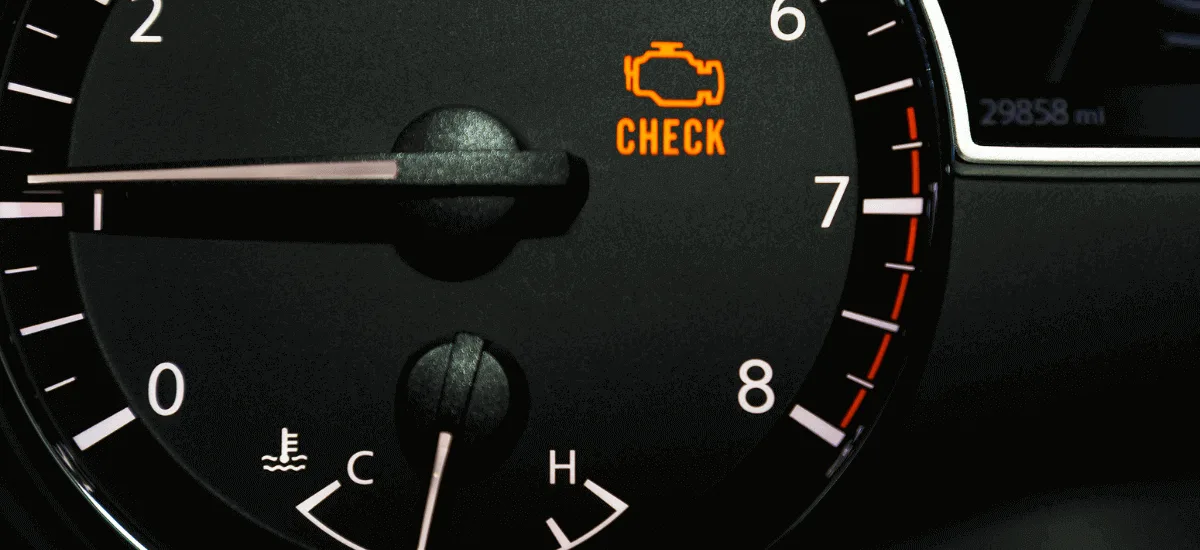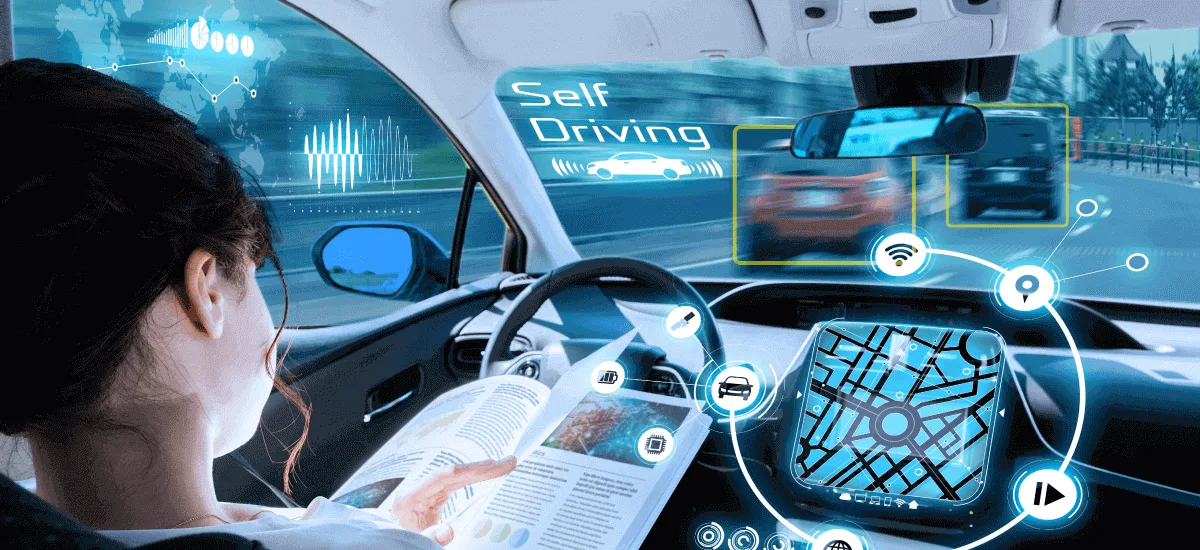
Are you ready for cars without a human driver? Yes, with rapid growth in autonomous vehicle technology, such self-driving cars are not a far-fetched idea anymore. Here we will explain how driverless cars work and their future in India.
What are self-driving cars?
A self-driving car is a four-wheeled vehicle that can drive with no or minimal human intervention. In theory, a self-driving car shouldn’t need a driver at any stage of driving. However, completely autonomous driverless cars are yet to come to the market. Currently, Tesla has set the benchmark for self-driving cars, but even they require a driver’s attention while driving.
As per the Society of Automotive Engineers, there are five levels in which self-operating cars are classified. The autonomous vehicles that you currently see around the world have only the second level of autonomy. However, industry experts are working on level four and five prototypes.
How do self-driving cars work?
Self-driving cars work using a combination of automation technologies, algorithms, sensors, radar, laser beams, cameras, GPS, etc. All these technologies come together to automate the navigation and operation of a vehicle.
The following are the major technological segments that have done wonders in the direction of self-driving cars.
Sensors
Self-driving vehicles use the following sensor technologies for autonomous navigation in cars.
- Radar: Radio Detection and Ranging (Radar) is used to detect and monitor the location, speed and direction of moving objects. The radio waves of radar don’t get affected by uneven road conditions or extreme weather.
- Lidar: Light Detection and Ranging (Lidar) provides excellent depth perception to the car by shooting lasers and collecting data to design a 3D model of the surroundings.
- Cameras: These are used to train machine learning models about the detection and recognition of surroundings. However, cameras prove to be unreliable for depth perception calculation and visual data collection during bad weather.
- Microphones: It adds an additional audio sensor for vehicles to pick up important sounds like horns, emergency sirens, etc.
Network connectivity
The technology around network connectivity allows self-driving cars to obtain valuable data through cloud computing. It enables the car to act based on the adjacent cars, surface conditions, weather reports, maps, traffic, etc.
The network connectivity with a variety of real-time data makes a car aware of its surroundings and makes better decisions while self-driving.
Algorithms
When the car uses sensors and network connectivity to obtain data, it remains useless without software that can analyse them. Algorithms are necessary to understand the data and determine the next action in real-time.
Here are the types of algorithms used in driverless cars.
- Regression: It is used for the detection and localisation of objects and for predicting their movements. The algorithm compares data variables to predict the distance and position of an object.
- Decision-making: It uses various models to recognise different traffic scenarios and make related decisions.
- Pattern-recognition: It is used to recognise an object in the car’s surroundings. The algorithm uses the collected data from sensors to find commonalities and patterns.
- Clustering: It organises the data into clusters as per the commonalities found during pattern recognition. This leads to an easier classification of different objects in the path of the driverless car.
Advantages of self-driving cars
While talking about the future of self-driving cars, experts highlight the following advantages.
Higher safety
Human error plays a major role in most vehicle accidents. If cars with self-driving abilities come to the market, it can help with this issue. The self-operating vehicles can use technology-based driving to reduce the chances of accidents and save lives by taking the best course of action during an unavoidable accident.
Reduced carbon footprint
The self-driving car technology is growing towards electric and other alternative sources of energy like hydrogen. So, having these cars on the road can definitely help to reduce humans’ carbon footprint significantly.
At the same time, self-driving vehicles will be able to drive synchronously using a communication network. Thus, it will reduce the loss of energy due to frequent braking in the traffic.
Better productivity
Long commutes have become a problem for people living in urban areas. Sometimes, they have to spend hours commuting between their home and place of work. Self-driving cars can allow people to utilise their commuting period for leisure or work rather than being focused on the road.
Smoother traffic flow
With all driverless cars programmed to follow traffic laws, passengers will experience a smoother flow of traffic. The cars will maintain enough distance from other vehicles to easily change lanes as and when required.
Self-parking
With cars driving on their own, passengers won’t have to worry about finding a parking space. The car would drop off its passengers at their destinations and then drive to the parking area on its own.
Ease of travel for seniors
In some cases, seniors and individuals with disabilities might have to depend on others to travel. But self-driving cars offer a future where they can travel independently at their own convenience.
Potential challenges of self-driving cars
Self-driving cars are programmed with a combination of technologies to function accurately in various predictable situations. They are also programmed via machine learning to react to and learn from unpredictable situations while driving.
However, the unpredictable scenarios may present the following challenges for self-driving cars.
- Unpredictable activities of drivers, pedestrians, animals, etc. can lead to misinterpretation by the self-driving cars and consequently cause wrong reactions.
- Driverless cars may fail in complex environments like restricted visibility in bad weather or mirrored reflections causing optical illusions.
- The security of self-driving cars may be concerning as malicious attackers might try to find and exploit their system vulnerabilities.
What safety features do self-driving cars have?
Software providers, tech companies, and automotive giants like Tesla are working together to make autonomous cars extremely safe. Technological advances have enabled various safety features in self-driving cars. Some of those safety features are mentioned below.
Vehicle-to-vehicle communication
The V2V or Vehicle-to-Vehicle communication technique allows autonomous cars to exchange information related to their position, speed, and distance through a wireless network. It enables a vehicle to obtain 360-degree awareness of the movements of all vehicles in traffic.
Vehicle guidance system
It is an autonomous steering system that allows a car to drive without any level of human intervention. This system is an amalgamation of the sensor fusion module, motion strategy algorithm and path generator. Unlike regular driver assistance, this system doesn’t require human monitoring while driving, making it completely autonomous.
Autonomous emergency braking system
The AEB or Autonomous Emergency Braking allows a car to scan the objects in the front and respond with automatic braking to avoid collisions. This technology works in conjunction with other autonomous technologies such as lane-keeping, self-steering, etc.
Adaptive cruise control
The ACC or Adaptive Cruise Control adds intelligence to the regular cruise control in a car. The technology allows a car to adjust the speed automatically based on what is in front of it. Hence, it is considered a crucial safety feature for futuristic driverless cars.
Electronic stability control
The ESC or Electronic Stability Control technology automates braking on every wheel individually to control driving in critical scenarios. It helps to avoid roll-over and single-vehicle crashes while taking sharp turns or driving on slopes.
Blindspot detection
Pioneered by Volvo, blindspot detection is developed to offer a 360-degree tracking of traffic around a car. This technology can perform accurately regardless of the car’s speed.
Reverse parking assist
This system serves as an accident preventive measure while reverse parking. A self-driving car can use a camera powered by a sophisticated video monitoring system installed at the back for safe parking.
Lane-keeping assist
The LKA or Lane-keeping Assist enables autonomous vehicles to maintain their lanes with front steering adjustments on the go.
Differences between self-driving cars and regular cars
With all the information about self-driving cars mentioned earlier, the following differences become obvious when comparing them to regular cars.
| Parameter | Self-driving cars | Regular cars |
| Terminology | Vehicles that are able to drive on their own without any level of human intervention. | Vehicles that require a human driver for manual management. |
| Technology | Autonomous cars use sensors, software algorithms, and internet connectivity for navigation. | Regular cars need a driver to take control of the steering wheel with some level of automation. |
| Autonomy | Advanced levels of automation are utilised with the help of artificial intelligence, machine learning, and software programming to enable real-time accurate decision-making. | Basic levels of automation such as an anti-lock braking system, electronic stability control, etc., are used to assist the driver. |
| Safety | Self-driving cars are designed to remove human error and diminish the chances of road accidents and associated fatalities. | With basic safety features, the chances of accidents depend widely on the humans who drive the car. |
Can self-driving cars run on Indian roads?
Currently, self-driving cars can’t run on Indian roads. The country still needs to conquer several challenges in order to get self-driving cars into the country. Here are the challenges we as a country need to overcome to welcome driverless cars in India.
- Currently, The Indian Motor Vehicles Act 1988 has no provisions for self-driving cars. Hence, the law doesn’t even permit driverless cars’ testing, registration or driving on Indian roads.
- The current road infrastructure in India presents critical challenges for autonomous vehicles. The roads get flooded with traffic and there are serious inconsistencies in road markings and traffic signs.
- Network connectivity in India is still not reliable for real-time information transmission.
- The government may be hesitant to welcome driverless cars on account of the massive job losses it will create in the country.
The future of self-driving cars
Technological advancements have always paved the way for social and political change. As the automotive giants keep on improving the autonomous vehicle technology, it will help the public and government to trust the self-driving cars. However, this will be a gradual process with cars getting different levels of autonomy until they reach the fully self-driving capability.
Frequently asked questions
Here are a few questions you might want to know about self-driving cars in India.
When to expect self-driving cars from major manufacturers?
You may have to wait for completely self-driving cars. Major automotive manufacturers like Tesla, Ford, GM, Volvo, and Toyota are planning to enter the autonomous car market in the year 2022. However, it can take a few more years before they can bring their driverless cars to India. Is there any level of self-driving cars available in India?
You can find Level 1 of self-driving cars that offer driver assistance in India. The country is yet to have its completely self-driving cars due to a variety of reasons like government regulations, infrastructural shortcomings, etc.Are Indian roads suitable for fully self-driving vehicles?
Indian roads are not yet suitable for fully self-driving vehicles. For driverless vehicles, Indian roads need to tackle several challenges such as overflow of traffic in metro cities, absence or inconsistency of traffic signage and road markings, etc.


